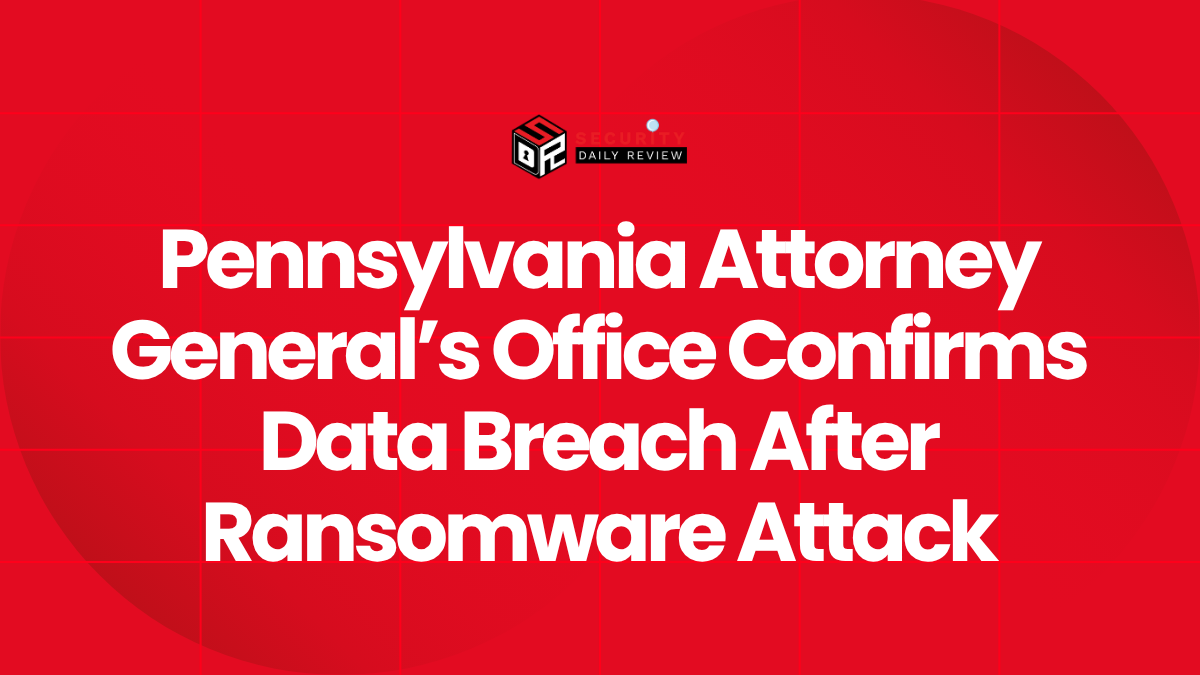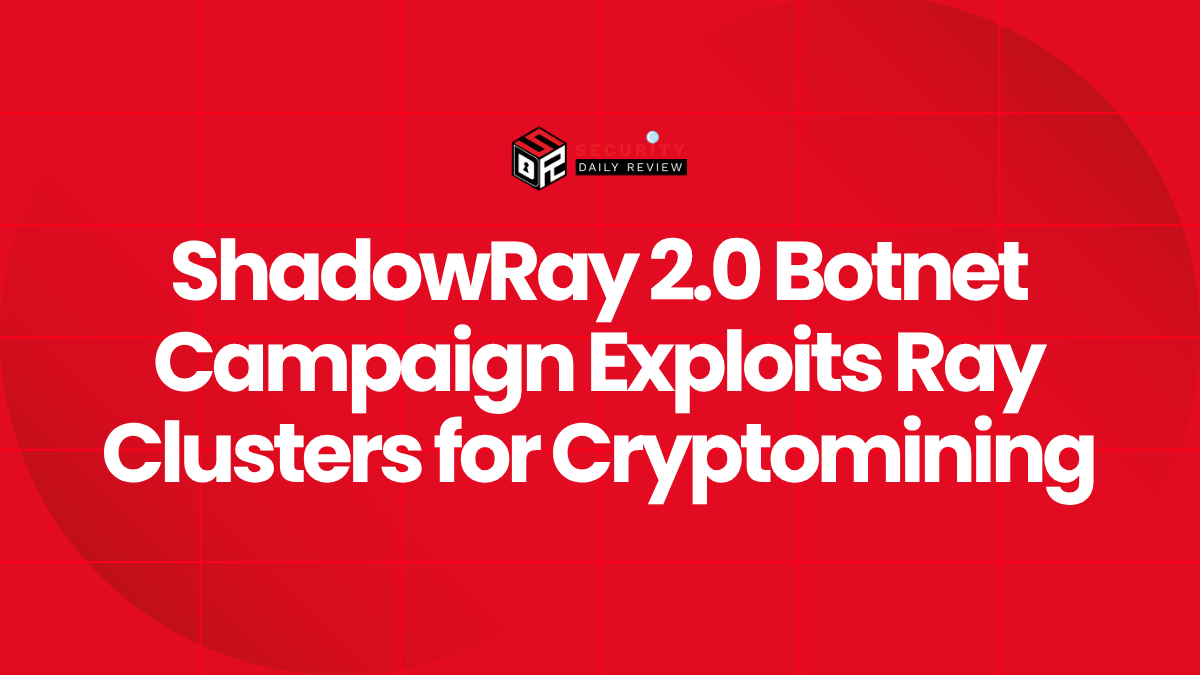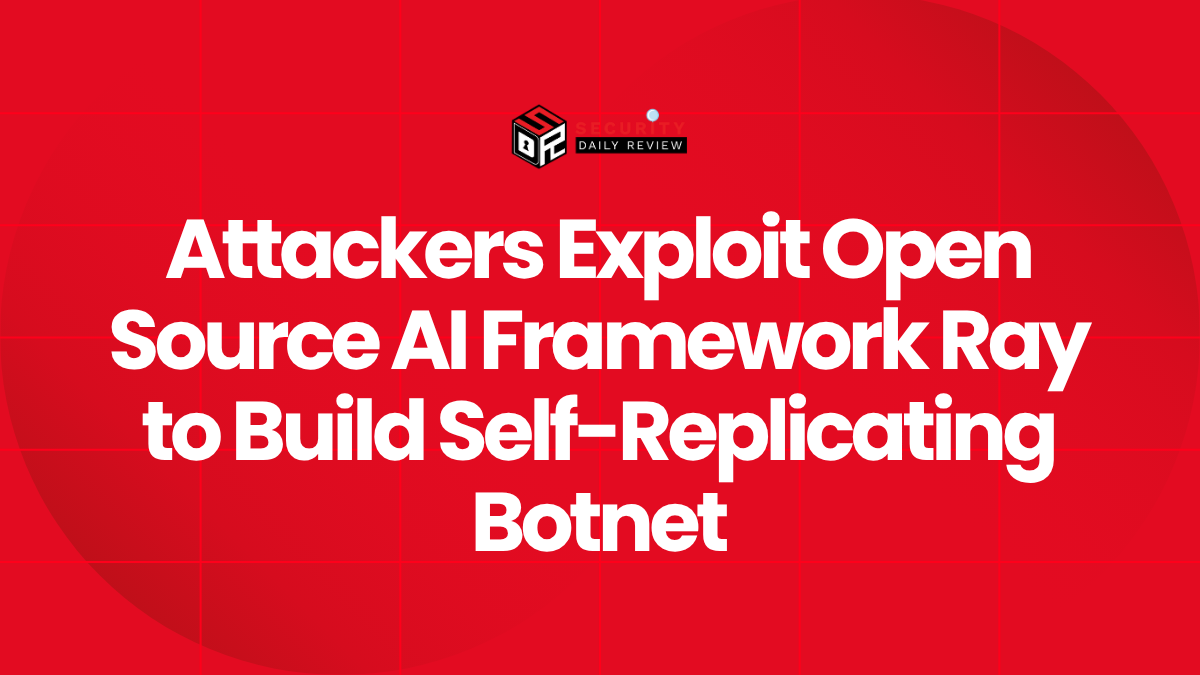A new ransomware incident has impacted a major state-level law enforcement agency. The Pennsylvania Office of the Attorney General (OAG) publicly confirmed it was targeted in a cyberattack carried out by the Inc Ransom group, a known ransomware-as-a-service (RaaS) operation. While the breach has been acknowledged, details surrounding the scope and nature of the incident remain limited, raising questions about the extent of the compromise and the data involved.
Inc Ransom Launches Attack Against Pennsylvania OAG
The ransomware group claims responsibility for the breach and claims exfiltrated data.
The Pennsylvania OAG confirmed that it was the victim of a ransomware attack, which has now been publicly attributed to the Inc Ransom group. The confirmation follows the group’s listing of the OAG as a victim on its darknet leak site. According to the attackers, they successfully exfiltrated over 700 gigabytes of data from the agency before deploying encryption malware across systems.
While OAG disclosed the incident, it did not clarify whether operations were significantly disrupted or what categories of data were compromised—an omission that complicates any assessment of potential harm. It is also unclear whether the ransomware deployment followed initial data exfiltration, a common tactic among modern double extortion campaigns.
What We Know About Inc Ransom’s Tactics and Timeline
The attack fits the pattern of a sophisticated double extortion ransomware campaign.
Inc Ransom is a relatively new but increasingly active ransomware group operating under the ransomware-as-a-service model. Threat actors using the group’s malware typically engage in double extortion: first stealing data, then encrypting internal systems, and finally threatening public exposure if victims refuse to pay.
Available information suggests the attack on the Pennsylvania OAG may have unfolded through the following timeline:
- Initial Compromise – Likely through phishing or exploitation of a vulnerable service or endpoint.
- Lateral Movement and Reconnaissance – Attackers mapped out internal systems and identified data to exfiltrate.
- Data Exfiltration – Inc Ransom claims to have stolen more than 700GB of sensitive data.
- Ransomware Deployment – Systems were encrypted, and a ransom was presumably demanded.
- Public Listing on Leak Site – The organization was named as a victim after not complying with threat actor demands within the given timeline.
So far, the Pennsylvania OAG has not confirmed the attackers’ claim to have exfiltrated such a large amount of data, and it has not released a public estimate of individuals or categories of data affected.
Breach Disclosure and Legal Implications Remain Unclear
State agencies face rising pressure to improve transparency and cyber resilience.
Despite growing regulatory emphasis on quick and detailed breach disclosure, the Pennsylvania Attorney General’s office offered limited context in its public statement. No information has been shared about:
- The initial attack vector exploited by the threat actors
- Whether forensic investigation or incident response efforts are ongoing
- The types or sensitivity levels of the stolen or encrypted data
- Notification processes for potentially affected staff or citizens
This lack of detail raises compliance concerns, especially in light of state laws requiring prompt notification to affected individuals and possibly federal mandates if law enforcement data or cross-border data transfers were involved.
Implications for Government Cybersecurity and Response
The breach highlights weaknesses in government cybersecurity posture.
This incident underscores the growing cybersecurity challenges faced by public sector institutions, which often contend with outdated infrastructure, limited budgets, and complex compliance obligations. A ransomware attack of this nature not only compromises operational integrity but also threatens public trust in agencies responsible for legal enforcement and public safety.
Key takeaways for state and local governments include:
- Proactive Defense – Regularly assessing risk exposure and patching known vulnerabilities is critical.
- Incident Response – Having well-defined ransomware response playbooks can reduce damage and downtime.
- Data Backup and Recovery Plans – Regular offline backups can help recover from ransomware without paying ransoms.
- Transparency and Communication – Providing clear updates to the public and stakeholders maintains trust.
While it is unclear whether the OAG intends to pay the ransom demanded by Inc Ransom, security professionals advise against ransomware payments, arguing they incentivize future attacks without guaranteeing full data recovery or deletion.
A Cautionary Tale for State Institutions
Public sector entities must adapt to an evolving ransomware threat landscape.
The Pennsylvania OAG ransomware breach serves as yet another reminder that even government agencies responsible for upholding legal and constitutional integrity are not immune from targeted cybercrime. As ransomware groups like Inc Ransom continue to evolve their tools and techniques, organizations—particularly in the public sector—must enhance both their preventive cybersecurity measures and their readiness to respond effectively when breaches occur.
It remains to be seen how the Pennsylvania OAG will navigate the fallout from this attack. With criminals claiming vast data exfiltration and the public awaiting answers, the coming weeks will be critical in evaluating both the impact of the breach and the agency’s resilience.









